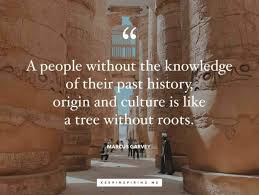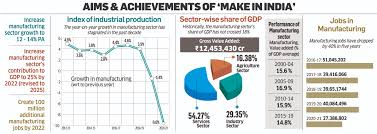BEAUTY PAGEANT: A TELEVISION
SHOW REVIEW
By a TV
Show critic
Beauty Wars Logline
Kolkata, 25th October, 2022:
Indian Cosmetology teams compete for a
Rs. 500,000 prize doing makeovers in various settings across the
country. The show has been broadcast every Sunday at 9 pm. Each week, teams
will be assigned a different location to find individuals who will provide the
most stunning results when offered fashion, hair, and makeup services. The
audience will vote via Twitter, Facebook, telephone, or web for the best team
based on the makeover results. To stay alive for the grand prize, each team
must carefully select their participants and convince them to go along with
that week’s theme. For example, week one might require the team to find a male
and a female with long hair and convince them to cut it short. Celebrity makeup
artists and fashion designers will also weigh in on the results and offer
professional critique of the design teams. Scoring will be similar to Dancing
with the Stars, where both set of votes will count. The excitement of different
sets lends a feel of The Great Race while incorporating the challenges of The
Apprentice.
The
Show on TV:
The
show was slotted on 24th October at 8 in the evening. It had a thorough
public relations activity being carried out for over a month. The viewers count
passed well over 10 millions at the peak. It went on for over three hours. The
nature of beauty shop gossip adds to that Big Brother appeal. Additional
elements of the show included: 1. Video
blogging of content that does not make each week’s episode 2. Behind the scenes interviews with contestants
and their participants 3. Instagram feed
of steps of the makeover prior to the big reveal on competition night. The show
was off with a two-hour slot and a one-hour results show for the contest. The
end twist that is not revealed to the contestants. It was a visit back to the
participants to see if they were still sporting their new look or if they had
reverted to their original choices. Bonus points awarded for success added to
their the balance and offered an eliminated contestant a chance to compete in
the final round.
The
Purpose and Motivation
The
cosmetics industry has a world wide appeal to the highest number of consumers,
especially the young people. The industry is also growing at a great pace. The
fund comes from them. Their profit sky rockets from the upstream marketing. The
purpose of the show is to create a massive number of fan base.
The
audience in general are made aware of the need to look good. They are given
this message that any one can look good if one follows the strict regimen.
Conclusion:
No
doubt, this world is suffering from the vice of abundance. This is the third
generation having their enough resources to keep themselves secured lifelong.
Thanks to their accumulated wealth. Now comes the need to compete for looking
good, being impressive before the world and take it on their stride. The show
has been a success for this generation though it side lined the need to sustain
this beauty through the rigours of dieting and Yoga.
Disclaimer: Images have been taken from Google sites.












